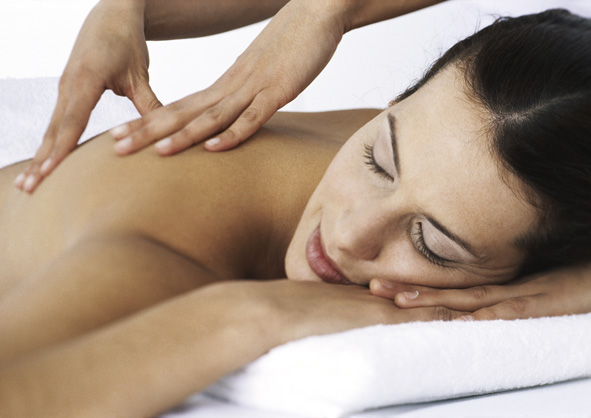What is acupuncture?
Acupuncture is the stimulation of special places – called acupoints – to prompt the body to heal itself.
What are acupoints?
An acupuncture point (“acupoint”) is a specific place on the body known to have certain effects. We know of many hundreds of active acupoints due to the Chinese culture of repeatedly testing, documenting and passing knowledge to the next generations.
Acupoints are called “Xue” in Chinese, which means “hole,” or the detailed meaning is like a cave in the side of a hill.
So an acupoint is a protected space. While being empty in form, it is filled with information and it communicates in specific ways to other parts of the body.
How are acupoints stimulated?
Stimulating an acupoint to “wake up” and start communicating can be done with fingers or palms – this therapy is called Acupressure. Sometimes I will teach people certain acupressure points that they can use at home.
In the clinic, we usually communicate with these special points using Acupuncture – using very fine, single-use needles about the width of a beard hair. It is virtually painless and most people find the session extremely relaxing and refreshing. See Frequently Asked Questions for a description of what happens in an acupuncture session.
An additional therapy is called Moxibustion, which involves warming special acupoints by holding a smouldering herbal stick (sort of like a large incense stick) just above the point. This is very soothing and relaxing and, by stimulating the point using heat, we gain very specific effects.
Children can be treated with Sho Ni Shin, a Japanese no-needle therapy using little tools to gently tap and open up the energy pathways.
Articles for further reading
The science of Eastern medicine

